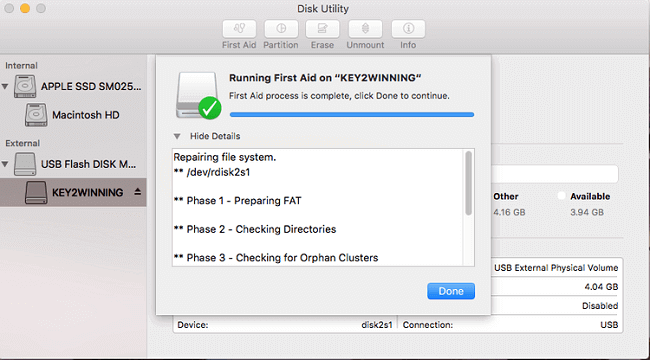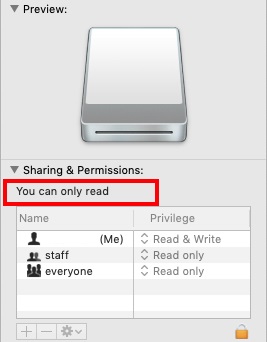

- #SEAGATE DISK UTILITY FOR MAC HOW TO#
- #SEAGATE DISK UTILITY FOR MAC FOR MAC OS#
- #SEAGATE DISK UTILITY FOR MAC MAC OS X#
- #SEAGATE DISK UTILITY FOR MAC UPDATE#
- #SEAGATE DISK UTILITY FOR MAC PRO#
For more information, go to the same menu option, then select System Report. The best way to look for an incorrectly formatted drive is to go toĪpple (in the top toolbar menu) > About This Mac > Storage. If you’ve got a PC or laptop, it’s worth connecting and seeing if you can access the files through another device. It could be that you are trying to connect something only fit to interact with Windows devices. Not every external drive is optimized for Macs. Restarting your Mac essentially clears your macOS’s memory and starts it up fresh. Or press and hold the power button and, when a dialog box appears, click Restart or press R. Hopefully, some data damage can be fixed by restarting.
#SEAGATE DISK UTILITY FOR MAC HOW TO#
How to fix an external disk drive that won't show up on a Mac

Let’s say you’ve encountered the problem of SSD not showing up. Why your Mac does not recognize external hard drive

Why your Mac does not recognize external hard drive.Let’s take a look at why this is happening and how you can fix the external hard drive not showing up problem: And besides, there can be a risk that data on the external USB pen, hard, or flash drive is corrupt, which means you can’t transfer what you need between devices at all.Ĭorrupt data can be one reason your Mac won't recognize an external drive, but there are other reasons too. It’s annoying, especially when you need to transfer something right then. However, sometimes, an external hard drive doesn't show up. Apple likes to ensure these are easy to find, so they also appear in the Finder in the left-hand column under Locations. Most of the time, when you connect an external hard drive to your Mac’s USB port, you soon see it mount on the desktop. For the USB drives, it appears that you’ll need a PC to run their utility.Disk Drill brings deleted files back from the dead.
#SEAGATE DISK UTILITY FOR MAC FOR MAC OS#
You can read the story from January 2009, which unfortunately I missed before now.Ī quick update, you can download DriveDetect from Seagate if you’re running the Windows OS but they’ve not got a utility for Mac OS X. Also, my eroded confidence in Seagate causes me to worry whether they’re in my External Seagate drives. I’ve got two more of these that require a firmware update.
#SEAGATE DISK UTILITY FOR MAC UPDATE#
You may avoid failure by applying a firmware update but only before the disk fails. This is the Seagate Barracuda 7200.11 (1 Terabyte) Drive, Model #ST3100340AS, which was heralded for its breakthrough four 250 GB platters. Hoping the data recovery works, I’ll do an RMA afterward on the broken drive, which also makes a clicking noise after the disk controller failure. To add insult to injury, I found out that Seagate knew about the problem but kept it quiet. I’m now working on recovering it byte-by-byte, big ouch! As time consuming as it is, I’m going to start performing weekly backups to DVD on my test and development machine. I’d need to re-partition it, which would trash the important data.
#SEAGATE DISK UTILITY FOR MAC MAC OS X#
The Mac OS X recognized it and launched Disk Utility but with a catch. Then, I swapped the disk controller card with another one of the same model numbered disks. It did but was not recognized by the Mac OS X or Windows 7 OS. Naturally, it’s the one with half a terabyte of virtual machines.įirst thing I checked was whether or not the disk still spun.
#SEAGATE DISK UTILITY FOR MAC PRO#
Just after fixing my Mac Pro Video card, one of my 1 TB Seagate Barracuda hard drives failed.

Two posts in a row on hardware failures – whew :-(.


 0 kommentar(er)
0 kommentar(er)
